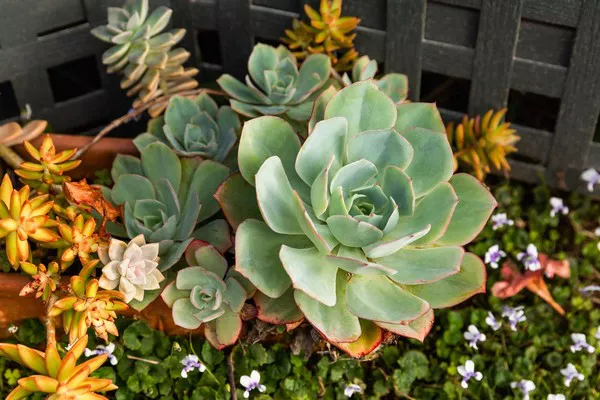Jade succulents, also known as Crassula ovata or money plants, are cherished for their unique appearance and relatively easy care requirements. These hardy plants are native to South Africa and have become popular choices among both novice and experienced succulent enthusiasts. One of the most critical aspects of successfully cultivating jade succulents is proper watering. In this comprehensive guide, we will explore the various facets of watering jade succulents, including frequency, techniques, signs of overwatering and underwatering, as well as other related maintenance considerations.
Understanding Jade Succulents
Before delving into the specifics of watering, it’s essential to understand the nature of jade succulents. These plants feature fleshy, oval-shaped leaves that are typically green, although some varieties exhibit a hint of red or yellow. Their striking appearance, coupled with their ability to thrive in indoor environments, has made them a popular choice for homes and offices.
1. Watering Frequency and Timing
Jade succulents are renowned for their water storage capacity, which allows them to withstand periods of drought. As a result, overwatering is a common mistake that can lead to root rot and other health issues. A general rule of thumb is to water jade succulents only when the top inch of the soil feels dry to the touch. This usually translates to a watering frequency of every 2-4 weeks, depending on factors such as temperature, humidity, and the size of the pot.
2. Watering Techniques
When watering your jade succulent, it’s crucial to adopt techniques that prevent water from accumulating around the roots. This can be achieved by using a well-draining potting mix that allows excess water to escape. Terra cotta pots are particularly suitable for jade succulents due to their porous nature, which promotes air circulation and helps prevent waterlogged soil.
During the watering process, ensure that water is directed at the base of the plant rather than splashed onto the leaves. Water droplets on the leaves can magnify sunlight and potentially lead to sunburn. To further prevent water accumulation, empty the saucer under the pot after watering to avoid the plant sitting in standing water.
3. Signs of Overwatering and Underwatering
Recognizing the signs of overwatering and underwatering is pivotal in maintaining the health of your jade succulent. Overwatering can manifest as wilting, yellowing leaves, and a mushy or rotten smell emanating from the soil. The leaves may also appear translucent and feel squishy to the touch.
Conversely, underwatering is evident when the leaves become shriveled, and the plant’s overall appearance is droopy. In more severe cases, the leaves may start to wrinkle, and the plant will enter a state of dormancy as a survival mechanism.
4. Best Practices for Watering
To ensure the best possible care for your jade succulent, consider the following best practices:
Use the “Soak and Dry” Method: This method involves thoroughly saturating the soil during watering and allowing it to dry out completely before the next watering. It mimics the natural rainfall pattern in the succulent’s native habitat.
Avoid Watering from Above: As previously mentioned, avoid getting water on the leaves to prevent sunburn. Aim to water at the base of the plant.
Test the Soil Moisture: Before watering, insert your finger about an inch into the soil to gauge its moisture level. Water only if the soil feels dry at this depth.
Adjust for Seasonal Changes: Jade succulents may require less frequent watering during the winter months when their growth slows down. Adjust your watering schedule accordingly.
5. Additional Maintenance Considerations
While proper watering is paramount, there are other maintenance aspects to consider to ensure your jade succulent thrives:
Light Requirements: Jade succulents thrive in bright, indirect sunlight. Too much direct sunlight can lead to sunburn, while too little light can result in leggy growth. Place your plant near a window with filtered light for optimal results.
Temperature and Humidity: These succulents prefer warmer temperatures, ideally ranging from 65°F to 75°F (18°C to 24°C). They can tolerate lower humidity levels, making them well-suited for indoor environments.
Potting and Repotting: Repot your jade succulent every 2-3 years or when you notice it becoming root-bound. Choose a slightly larger pot with good drainage, and refresh the potting mix to provide the plant with fresh nutrients.
Fertilization: Jade succulents benefit from a balanced, diluted liquid fertilizer during their active growing season (spring and summer). Avoid overfertilization, as this can lead to excessive growth and weak stems.
Conclusion
Mastering the art of watering your jade succulent is a fundamental step toward fostering its health and vitality. By understanding the unique characteristics of these plants and following best practices for watering, you can ensure your jade succulent thrives in its environment. Remember that each plant is unique, so observe your succulent closely and adjust your care routine accordingly. With proper watering techniques and holistic maintenance, you’ll be rewarded with a stunning and resilient jade succulent that brings natural beauty to your living space.


